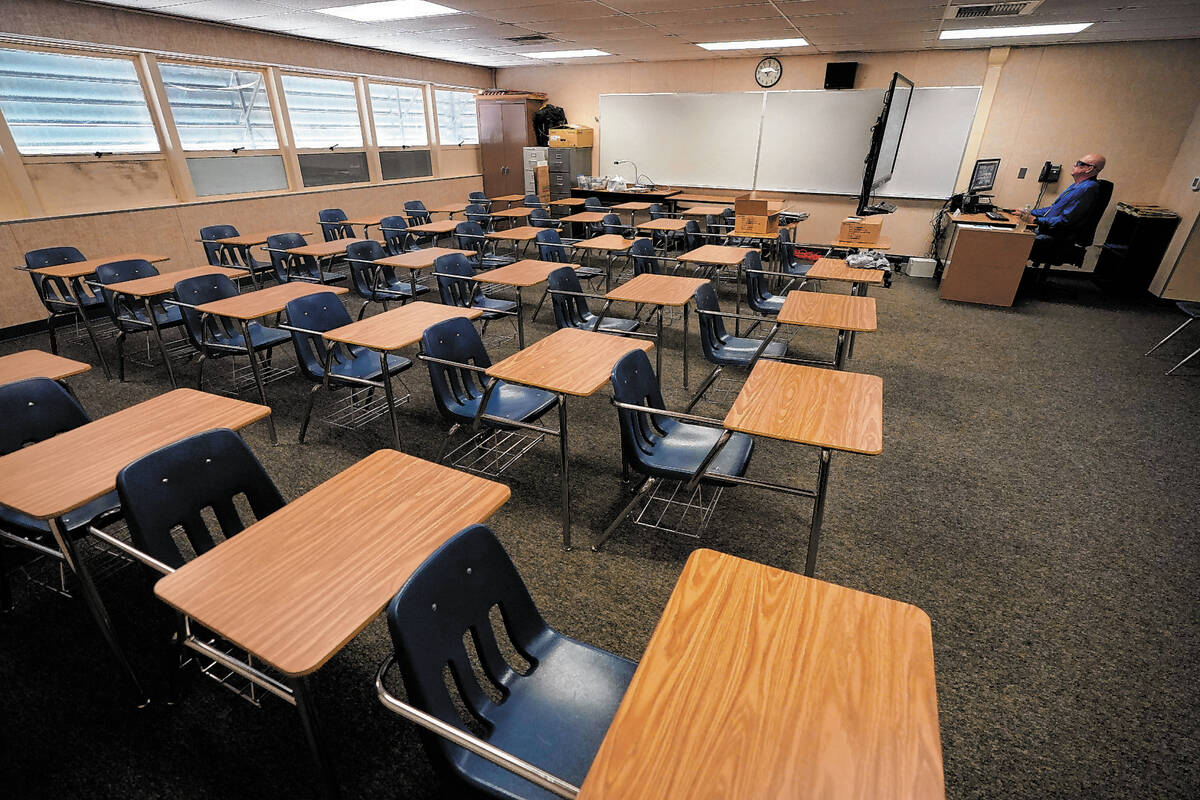EDITORIAL: Kids pay the prices for school closures, masks
The consequences of keeping schools closed and children masked were predictable. That doesn’t make them any less heartbreaking.
In February, Amplify, a curriculum and assessments company, released a study finding significant drops among the number of early elementary students who are on track for reading proficiency. The report looked at data from nearly 400,000 students, covering more than 1,300 schools in dozens of states. It compared midyear scores in 2019 to those in 2022.
Among first graders, the percentage of on-track students in reading fell from 58 percent to 48 percent. In second grade, the drop was from 59 percent to 51 percent.
The kindergarten data clearly shows how devastating it was to keep kids out of schools. In the 2020-21 school year, just 37 percent of kindergartens were on track for proficiency in this vital skill. In 2019-20, it was 55 percent. This year, it’s 47 percent.
The number of students needing intensive interventions for reading swelled as well. Before the pandemic, it was 29 percent in kindergarten. Now, it’s 37 percent. In first grade, it went from 26 percent before the pandemic to 36 percent today. The second grade stats jumped from 26 percent to 35 percent.
It’s easy to gloss over those statistics as just numbers on a page, but they represent hundreds of thousands of students. Those students may now face a lifetime of reduced opportunities unless interventions can help them read by the end of third grade.
“A person who is not at least a modestly skilled reader by the end of third grade is quite unlikely to graduate from high school,” the National Research Council wrote in “Preventing reading difficulties in young children.”
High school dropouts earn significantly less money than other workers and have a higher unemployment rate. And that’s not the worst outcome.
“High school dropouts were up to four times more likely to experience individual negative outcomes (being arrested, fired, or on government assistance, using illicit substances, having poor health) by age 27,” a 2016 study in the Journal of Adolescent Health found. High school dropouts were 24 times more likely to have experienced these outcomes, compared to high school graduates.
Education offers students a chance to break the cycle of poverty. The insistence by teachers unions and progressives that as many as three school years in some places be disrupted — despite overwhelming evidence that children faced little danger from the virus and weren’t major spreaders — may end that hope for many, many students.






















